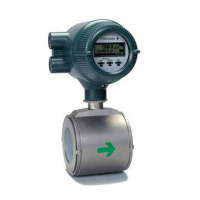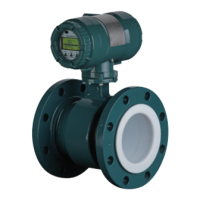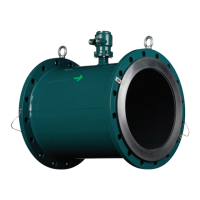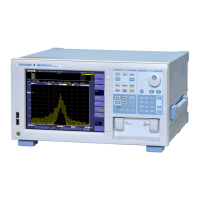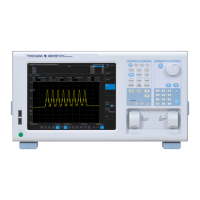<Appendix1. Safety Instrumented Systems Installation>
A1-3
IM 01E30D01-01EN
A1.2.9 Reliability Data
A detailed Failure Mode, Effects, and Diagnostics
Analysis (FMEDA) report is available from
Yokogawa with all failure rates and failure modes.
TheAXRiscertieduptoSIL2foruseinasimplex
(1oo1)conguration,dependingonthePFDavg
respectively PFH calculation of the entire Safety
Instrumented Function.
ThedevelopmentprocessoftheAXRiscertiedup
to SIL3, allowing redundant use of the transmitter
up to this Safety Integrity Level, depending the
PFDavg respectively PFH calculation of the entire
Safety Instrumented Function.
When using the transmitter in a redundant
conguration,theuseofacommoncausefactor
(β-factor)of5%issuggested.Iftheowner-operator
of the plant would institute common cause failure
training and more detailed maintenance procedures
for avoiding common cause failure, a beta factor of
2% would be applicable.
For details, refer to the FMEDA No. YOK 10/06-091
R001 V2R3.
A1.2.10 Lifetime Limits
TheexpectedlifetimeoftheAXRis10years.The
reliability data listed the FMEDA report is only valid
forthisperiod.ThefailureratesoftheAXRmay
increase sometime after this period. Reliability
calculations based on the data listed in the FMEDA
reportforAXRlifetimesbeyond10yearsmayyield
results that are too optimistic, i.e. the calculated
Safety Integrity Level will not be achieved.
For details, refer to the FMEDA No. YOK 10/06-091
R001 V2R3.
A1.2.11 Environmental Limits
TheenvironmentallimitsoftheAXRarespeciedin
this manual.
A1.2.12 Application Limits
TheapplicationlimitsoftheAXRarespeciedin
thismanual.Iftheowmeterisusedoutsideof
the application limits, the reliability data listed in
Subsection A1.2.9 becomes invalid.
A1.3 Denitionsand
Abbreviations
A1.3.1 Denitions
Safety Freedom from unacceptable
risk of harm
Functional Safety The ability of a system to carry
out the actions necessary
to achieve or to maintain a
denedsafestateforthe
equipment/machinery/plant/
apparatus under control of the
system
Basic Safety The equipment must be
designed and manufactured
such that it protects against
risk of damage to persons
by electrical shock and other
hazards and against resulting
reandexplosion.The
protection must be effective
under all conditions of the
nominal operation and under
single fault condition
Verication Thedemonstrationforeach
phase of the life-cycle that the
(output) deliverables of the
phase meet the objectives
andrequirementsspeciedby
the inputs to the phase. The
vericationisusuallyexecuted
by analysis and/or testing
Validation The demonstration that the
safety-related system(s) or
the combination of safety-
related system(s) and external
risk reduction facilities meet,
in all respects, the Safety
RequirementsSpecication.
The validation is usually
executed by testing
Safety Assessment The investigation to arrive at a
judgment -based on evidence-
of the safety achieved by
safety-related systems
Furtherdenitionsoftermsusedforsafety
techniques and measures and the description of
safety related systems are given in IEC 61508-4.
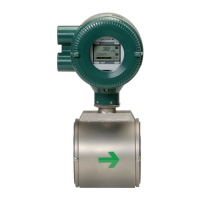
